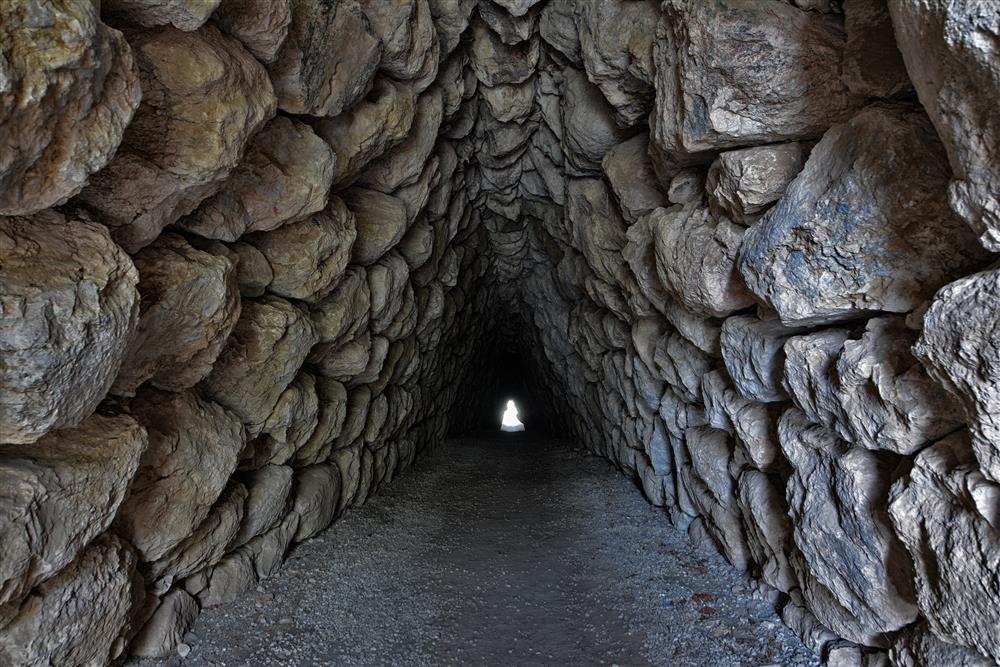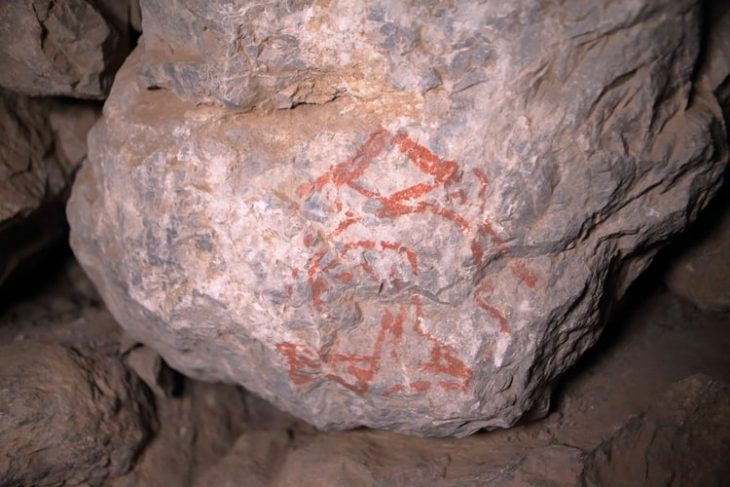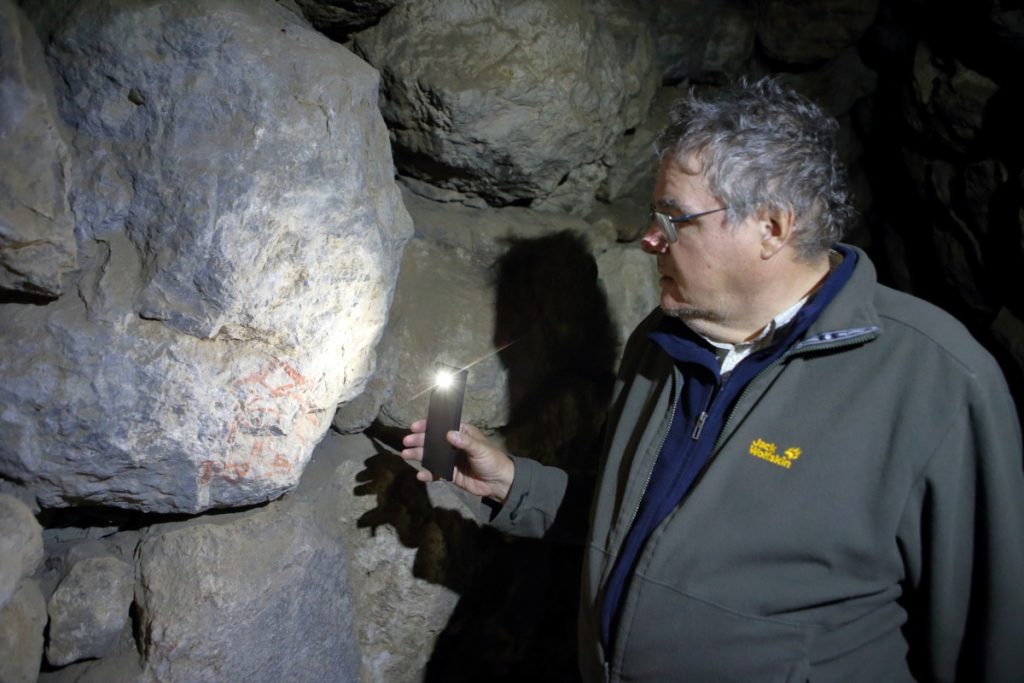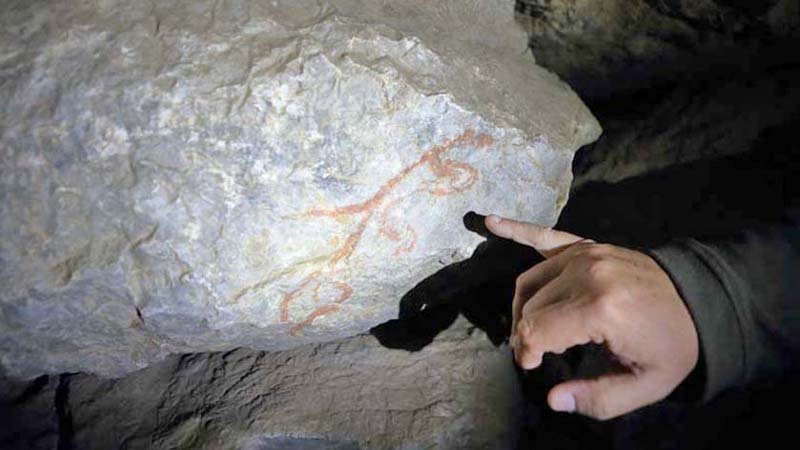
Scientists have the deciphering of the Anatolian hieroglyphs discovered in the Yerkapı Tunnel in Hattusa
The deciphering of the Anatolian hieroglyphs discovered during last year’s Hattusa excavations, led by Prof. Dr. Andreas Schachner, has been completed.
The Anatolian hieroglyphs discovered in the Yerkapı Tunnel in Hattusa last year revealed new information about the person responsible for constructing the tunnel. The hieroglyphs contain the name and title of the individual in charge of the tunnel’s construction.

In the hieroglyphs found at the western and eastern ends of the tunnel, it is understood that a person named ‘Arişadu’ was responsible for the construction of the tunnel. This information is considered the most significant discovery regarding the tunnel’s construction.
In the hieroglyphs found on the western side of the tunnel, there are also symbols for ‘Tuthaliya Mountain’ and ‘road.’ The combination of these symbols suggests that the tunnel was constructed as a road leading to Tuthaliya Mountain.
📣 Our WhatsApp channel is now LIVE! Stay up-to-date with the latest news and updates, just click here to follow us on WhatsApp and never miss a thing!!

Schachner, drawing attention to the two sets of symbols on the western side of the tunnel, continued as follows:
One group has not yet been fully clarified, but the meaning of one group is clear. They have combined the symbols for ‘Tuthaliya Mountain’ and ‘road.’ We know about Tuthaliya Mountain from Hittite texts. Tuthaliya Mountain is a sacred mountain for the Hittites. It is so important that several kings took their royal names from there. The road symbol is believed to carry meanings such as ‘the road from Tuthaliya,’ ‘the road leading to Tuthaliya Mountain,’ or ‘the road passing through Tuthaliya Mountain’.
Due to the presence of these symbols in a tunnel, my hypothesis is whether we can associate Yerkapı with Tuthaliya Mountain or if there is an artificially constructed Tuthaliya Mountain, because from the outside, especially when viewed from the plains, Yerkapı is at the highest point of Hattusa and is therefore visible from all sides. It is located in a manner befitting a sacred place.

Hattusa Excavation Director, Prof. Dr. Andreas Schachner, stated in his announcement that the Anatolian hieroglyphs used in the construction of the tunnel provide important clues for understanding the Hittite era.”
Schachner stated, “These hieroglyphs appear as the signature, inscription, or an expression of ‘I did it’ by the person who built this tunnel. However, at the same time, we understand this; most likely, in the Hittite world, Anatolian hieroglyphs, this pictorial script, were much more widespread than cuneiform script.”
He also mentioned that it was common in everyday life. Cuneiform was more of an elite phenomenon, something used by the state, but with hieroglyphs, we can anticipate various applications like everyday communication, city navigation signs, and many other things.
You may also like
- A 1700-year-old statue of Pan unearthed during the excavations at Polyeuktos in İstanbul
- The granary was found in the ancient city of Sebaste, founded by the first Roman emperor Augustus
- Donalar Kale Kapı Rock Tomb or Donalar Rock Tomb
- Theater emerges as works continue in ancient city of Perinthos
- Urartian King Argishti’s bronze shield revealed the name of an unknown country
- The religious center of Lycia, the ancient city of Letoon
- Who were the Luwians?
- A new study brings a fresh perspective on the Anatolian origin of the Indo-European languages
- Perhaps the oldest thermal treatment center in the world, which has been in continuous use for 2000 years -Basilica Therma Roman Bath or King’s Daughter-
- The largest synagogue of the ancient world, located in the ancient city of Sardis, is being restored











Leave a Reply